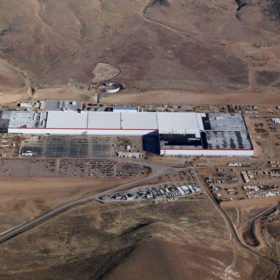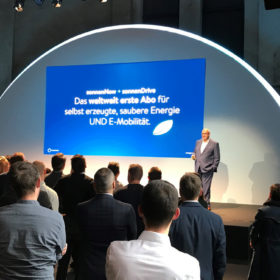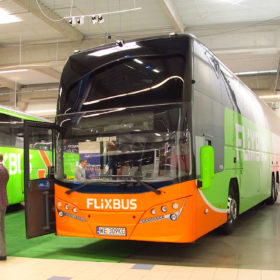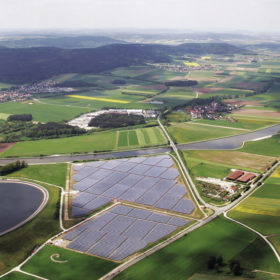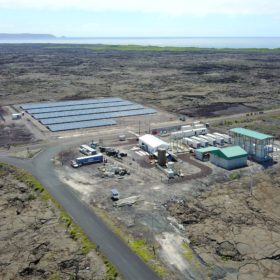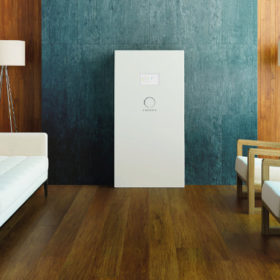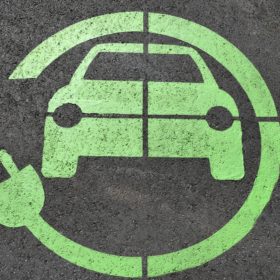Tesla to build first European gigafactory in Germany
Elon Musk has promised a fab near Berlin that will help create up to 10,000 new jobs. Tesla wants to build the facility near the city’s controversial new BER airport.
Sonnen adds electric cars and rooftop PV to its monthly payment plan
Sonnen presented two new products in the usual hip ambiance of Berlin E-Werk. In addition to home storage and electricity, the company now offers electric cars and PV systems with battery storage on a subscription model in Germany.
Flixbus plans hydrogen buses on long-distance routes
Parent company FlixMobility plans to test hydrogen fuel cell vehicles in Europe.
SunPower splits in two
The U.S. company’s transformation from solar manufacturer to the second-largest residential PV company in the nation is complete after it spun off its high-efficiency cell and module production unit into a new entity, in partnership with Chinese wafer maker TZS.
Centrica’s local energy market in Cornwall pioneers third-party grid flexibility procurement
With hundreds of homes and businesses having received solar-plus-storage systems and monitoring equipment, an algorithm is managing a market for flexibility and capacity in Cornwall. Homeowners with storage can place bids to sell energy from their systems to the distribution system owner on an intraday basis.
Moixa reaches 100 MWh of virtual power plant capacity in Japan
The company says its network is the largest fleet of batteries under virtual power plant management worldwide.
Solar-plus-storage vs grid enhancement part V
A project on Isabela Island in Ecuador’s Galapagos archipelago has given its 3,500 inhabitants energy generated by local resources, including plant oil produced on the continent. Preferable to a logistically challenging and hyper expensive extension of the mainland grid, if the $13 million island system were installed today, it would be cheaper than when it was contracted four years ago.
Singapore developer announces $20m plans for four more Philippines microgrids
WEnergy was celebrating the commissioning of its solar-diesel-storage off-grid network on the island of Palawan. Four more networks could come online within two years, said the developer, as part of a planned 15 microgrids in the nation.
Distributed storage market to grow nearly twentyfold by 2028
Market intelligence company Navigant Research has developed a country forecast of the global market. Incentives and pricing will be the main driver of installations, though the market will continue to be concentrated in certain key regions for now.
EU lender pitches in for LG Chem battery gigafactory in Poland
The European Bank for Reconstruction and Development is lending €250 million for a project which has expanded from producing an initial 100,000 EV batteries per year to an hoped-for 1 million by 2022, creating 1,000 new jobs along the way.
